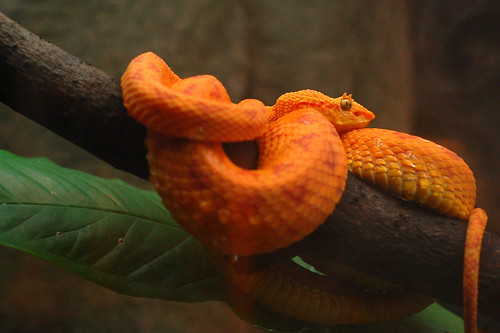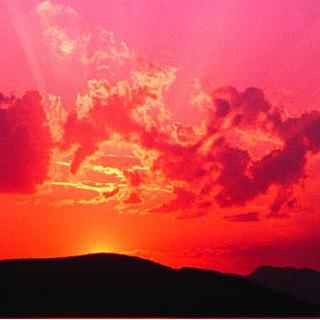here's a list of common water contaminants, their sources, and effects
chlorine
sources: water additive
effects: eye/nose irritation, stomach discomfort, anemia
iron
sources: minerals found in drinking water supplies
effects: unpleasant taste/odor
copper
sources: corrosion from plumbing systems, erosion of natural deposits
effects: gastrointestinal disease, liver/kidney damage
sulfide
sources: decay of plant materials
effects: nausea, illness, and death
silica
sources: naturally found in water
effects: harmless
ph
sources: leaching from pipes and fixtures, acid rain
effect: no health threats
phosphates
sources: human/animal waste, fertilizer, manure
effects: eutrophication, changes in aquatic life
nitrates
sources: fertilizers, sweewage erosion, leaching from septic tanks
effects: eutrophication, death
chromium
sources: discharge from steel and pulp mills, erosion
effects: allergic dermatitis
ammonia nitrogen
sources: runoff from fertilizer, leaching from septic tanks, sewage erosion
effects: harmful to infants
fecal coliform
sources: human and animal feed waste
effects: can indicate presence of other bacteria







































